 The beauty of baseball is in its numbers. We know the important numbers. For example, Babe Ruth hit 714 home runs, which was then eclipsed by Hank Aaron who went on to hit 755 home runs despite never hitting 50 home runs in a season. And while Ruth did, he never had to play for a team called the Indianapolis Clowns as a second rate show act in the Negro Leagues.
The beauty of baseball is in its numbers. We know the important numbers. For example, Babe Ruth hit 714 home runs, which was then eclipsed by Hank Aaron who went on to hit 755 home runs despite never hitting 50 home runs in a season. And while Ruth did, he never had to play for a team called the Indianapolis Clowns as a second rate show act in the Negro Leagues.We know that Ruth hit 60 home runs, and eventually, in 1961, he was passed by Roger Maris who hit 61 in 162 games instead of 154. We thank Ford Frick for reminding us of that distinction. Then, in 1998, Mark McGwire hit 70 and 3 years later, Barry Bonds hit 73. He would eventually go on to hit 762 though we seem to forget about his records in light of BALCO and look for a suitable replacement at the top of the numbers that are remembered.
We know that in 1968, Denny McClain won 31 and within a few years, he was made useless in baseball despite leading the league with 24 wins the next year. Nobody has come close since then. We know that same year that McClain was phenomenal, Bob Gibson had a 1.12 ERA despite only winning only winning 22 (he lost 9, but was named the MVP and Cy Young winner for 28 complete games and 268 whiffs). His movement was nasty and violent, a combination that comes out in the money shot porn of MLBTV's baseball history, but doesn't show up in the sheer numbers of baseball.
Thus, it becomes necessary that someone develops statistics that truly represent the power and effectiveness of a player as a whole. For the 31 wins that McClain got in that season, he had a 1.96 ERA and 280 strikeouts. Bob Gibson had 12 less Ks, .84 less ERA, and 9 less wins. Only one category is better, but somehow, his WAR (wins above replacement) is 11.9 compared to McClain's 5.9.
Who would you rather have? I know who I would rather have on my team. Watching him interviewed on MLBTV with Tim McCarver at his side and Bob Costas wearing the bib to catch drool (I'd be salivating to hear the story of Gibson plunking Pete LaCock in an old timers' game NEARLY A QUARTER OF A CENTURY after he drilled Gibson's final pitch for a grand slam as well).
But in the end, we need numbers to show us what season is better, and when we need those, we go back to Bill James, the stat guru of all stat gurus, whose contributions showed us how to create different statistics in baseball, which went on to show us how to create the definitive stats in baseball. And that's what the beauty of this game is. Frankly, it's a new revolution in sports and statistics. Hell, now we have Fan Graphs so amateur stats geniuses can make their own stats.
And it's all beautiful.
And it's the numbers that make the game fantastic.
Where would we be without them?



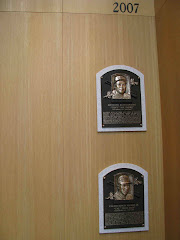


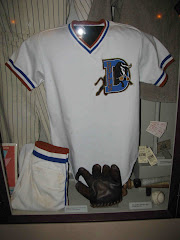


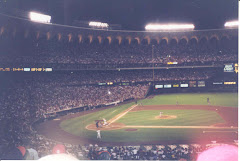
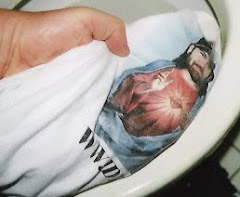


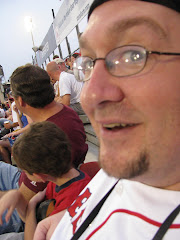
No comments:
Post a Comment